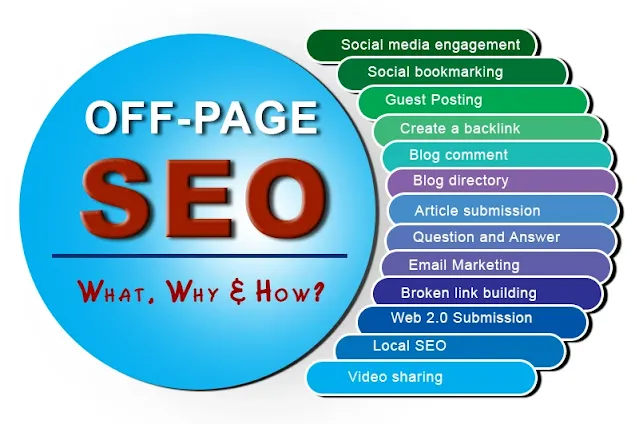How to Add FAQ Schema Markup to Your Blogger Posts
How to Add FAQ Schema Markup to Your Blogger Posts: A Step-by-Step Guide
If you’re a blogger, you know how important it is to optimize your posts for SEO. One of the best ways to do this is to add FAQ schema markup to your posts. But how do you do this exactly?
In this blog post, we’ll provide you with a step-by-step guide on how to add FAQ schema markup to your Blogger posts. With this guide, you’ll be able to optimize your blog posts for SEO and make them easier to find on search engines.
So, without further ado, let’s get started!
What Is FAQ Schema Markup?
FAQ schema markup is a type of structured data that you can add to your blog post. It tells search engines what is in the post and helps them to better understand the content. Structured data also makes it easier for search engine bots to crawl your site and index your pages.
When you add FAQ schema markup to your post, it will appear as a collapsible list of questions and answers in the search results. This can help to increase your click-through rate and make your post more visible to potential readers.
How to Add FAQ Schema Markup to Blogger Posts
Adding FAQ schema markup to your Blogger posts is actually pretty easy. All you need to do is follow the steps outlined below.
Benefits of Adding FAQ Schema Markup to Blogger Posts
Step 1
To begin, log into your Blogger dashboard and select the blog post you would like to add FAQ schema markup to.
Step 2
Copy the HTML code for your FAQ page from the source code of your page.
Step 3
Create a new HTML widget in your blog post by going to Layout > Add a Gadget > HTML/JavaScript.
Step 4
Paste the HTML code into the HTML widget and save the changes.
Step 5
Create a new JSON-LD script by going to Layout > Add a Gadget > HTML/JavaScript.
Step 6
Copy and paste the following code into the HTML field:
<script type="application/ld+json">
{
"@context": "https://schema.org",
"@type": "FAQPage",
"mainEntity": [
{
"@type": "Question",
"name": "Question 1",
"acceptedAnswer": {
"@type": "Answer",
"text": "Answer 1"
}
},
{
"@type": "Question",
"name": "Question 2",
"acceptedAnswer": {
"@type": "Answer",
"text": "Answer 2"
}
}
]
}
</script>
Step 7
Replace the questions and answers in the code with your own.
Step 2
Save the changes and preview the page to make sure the FAQ schema markup is working properly.
Step 9
Finally, publish the post and make sure the markup is still there.
Step 10
Congratulations! You have successfully added FAQ schema markup to your Blogger post.
Test Your Markup
Once you’ve published your post, it’s a good idea to test the markup to make sure it’s working properly. You can do this by using Google’s Structured Data Testing Tool.
Simply enter the URL of your post into the tool and it will tell you whether or not the markup is working correctly.
Conclusion
Adding FAQ schema markup to your Blogger posts is a great way to optimize them for SEO and make them easier to find on search engines. By following the steps outlined above, you can easily add FAQ schema markup to your posts and make them more visible to potential readers.
So, what are you waiting for? Get started adding FAQ schema markup to your Blogger posts today and watch your traffic soar!





